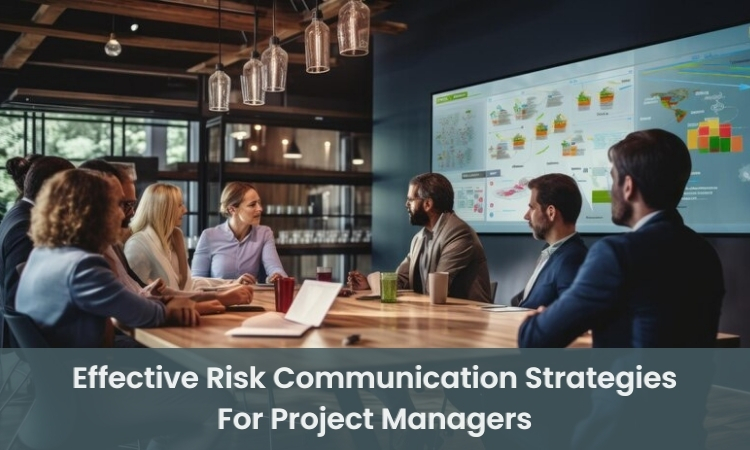In the realm of project management, navigating uncertainties is an inherent challenge. Projects are often beset by unexpected events that can derail timelines, budgets, and overall success. Effective risk communication serves as a proactive strategy to identify, assess, and manage these uncertainties. It involves not only recognizing potential risks but also conveying their implications to stakeholders in a way that fosters understanding and informed decision-making.
At its core, effective risk communication is about transparency and clarity. It ensures that all parties involved – from project team members to clients and sponsors – are aware of potential risks and can collaboratively develop mitigation strategies. This proactive approach not only enhances project resilience but also strengthens relationships by demonstrating a commitment to open dialogue and shared responsibility.
In this blog, we will explore key strategies for project managers to enhance their risk communication efforts. From establishing clear channels of communication to leveraging technology for real-time updates, these strategies are designed to empower project managers in navigating uncertainties with confidence and ensuring project success.
Key Strategies for Effective Risk Communication
Establishing Clear Channels of Communication:
Clear and open communication channels are foundational to effective risk communication. Project managers should establish regular meetings, reports, and updates to discuss potential risks and mitigation plans with stakeholders.
Tailoring Communication to Stakeholder Needs:
Project managers should tailor their risk communication strategies to ensure information is relevant and understandable to each audience.
Utilizing Risk Assessment Tools and Techniques:
Implementing robust risk assessment tools and techniques, such as probability impact matrices or risk registers, helps project managers identify, prioritize, and communicate risks effectively.
Creating a Culture of Transparency and Accountability:
Foster a culture where team members feel comfortable raising concerns and discussing potential risks openly. Transparency and accountability build trust among stakeholders and encourage proactive risk management.
Providing Context and Impact Assessment:
Simply identifying risks is not enough; project managers must also communicate the potential impacts of these risks on project objectives, timelines, resources, and stakeholders. Providing context helps stakeholders grasp the significance of each risk.
Regular Updates and Progress Reports:
Keep stakeholders informed with regular updates and progress reports that include the status of identified risks, mitigation efforts, and any changes in risk profiles. Timely communication enhances stakeholder confidence and facilitates informed decision-making.
Utilizing Technology for Real-Time Updates:
Leverage project management software and collaboration tools to provide real-time updates on risk assessments, mitigation strategies, and project progress. Technology enhances communication efficiency and ensures stakeholders are informed promptly.
Preparing Contingency Plans and Response Strategies:
Develop contingency plans and response strategies for high-priority risks. Communicate these plans proactively to stakeholders, outlining steps to be taken if risks materialize, to minimize disruptions and maintain project momentum.

